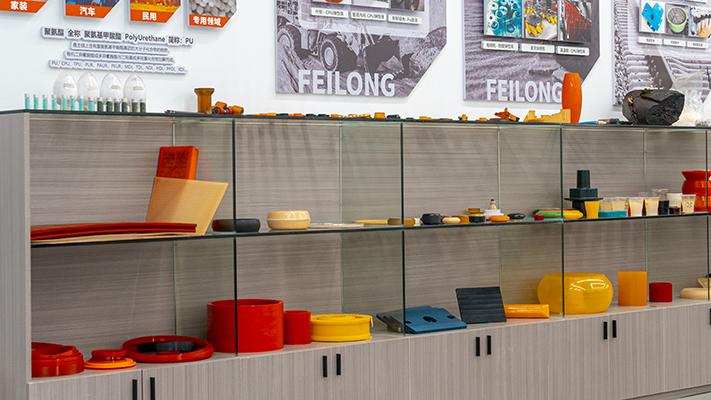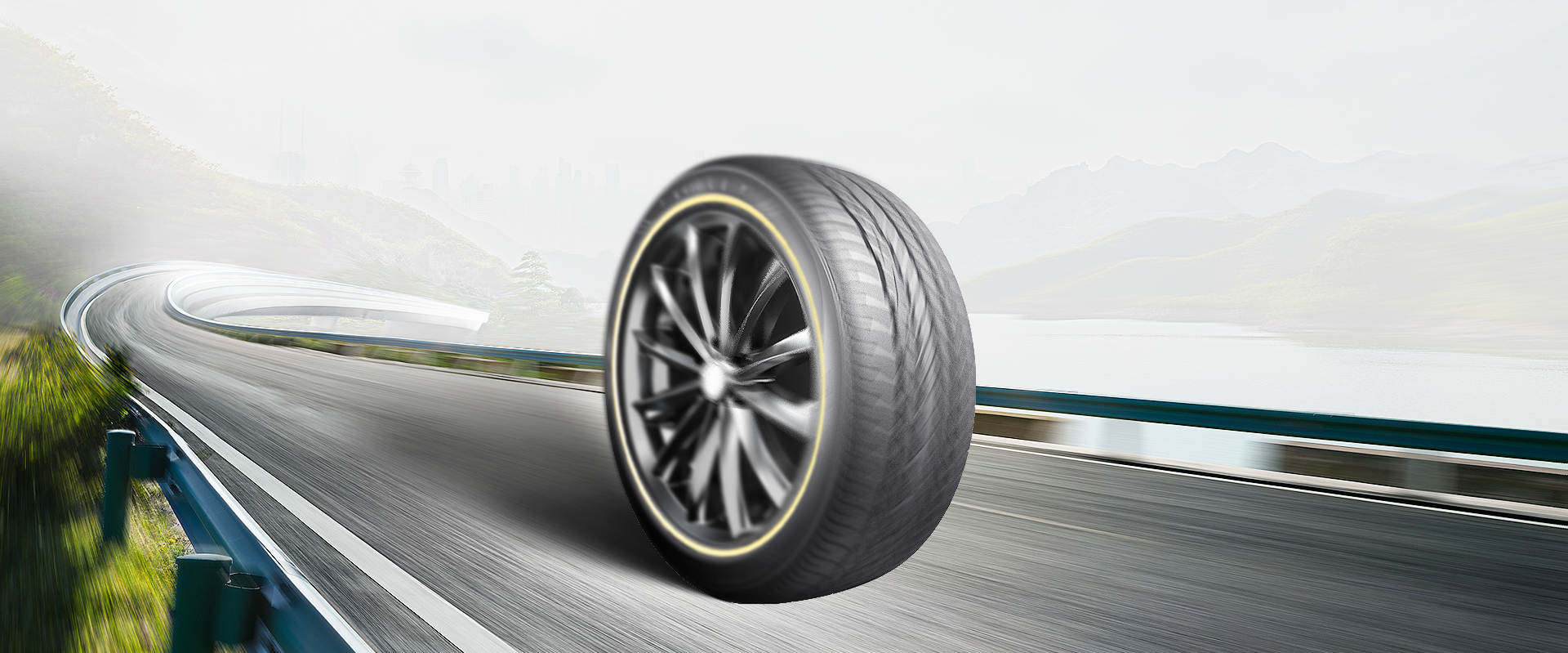
Economy-type automotive interior production line solution: How can semi-automation combined with Chinese equipment (Feilong PU machine) create cost-effective automotive interior products?
Introduction
In the context of increasingly fierce competition in the automotive industry, manufacturers and suppliers have higher and higher requirements for cost control of interior components. For small and medium-sized suppliers or emerging markets (such as Southeast Asia, Africa, South America, etc.), how to reduce production costs while ensuring quality? "Semi-automated production lines (Chinese equipment + key imported components)" has become the preferred solution for many enterprises.
This article will discuss the equipment selection, cost advantages, applicable scenarios and successful cases of this plan, providing reference for enterprises planning to invest in automotive interior production.
Why choose the semi-automated + Chinese equipment combination?
(1) Significant cost advantage
Low equipment procurement cost: The prices of Chinese polyurethane injection molding machines, cutting machines, and sewing equipment are only 1/3 to 1/2 of those of European and American brands.
Controllable operation and maintenance costs: The supply of Chinese equipment parts is fast, the maintenance costs are low, and the technical training threshold is relatively low.
Flexible adaptation to small batch orders: The semi-automated production line is flexible to adjust and is suitable for multi-variety, small-batch production (such as customized demands of regional auto manufacturers).
(2) Key imported components guarantee core quality
High-precision components rely on imports: such as German/Japanese servo motors, Italian leather cutting heads, Swedish sensors, etc., to ensure the stability of key processes (such as precise cutting, injection molding).
Compliant with OEM standards: Some OEMs have strict requirements for the tolerance and durability of interior components. Core imported equipment can meet the certification needs (such as access to the supply chains of Volkswagen and Toyota).
(3) Quick return on investment
An economic semi-automatic interior production line (such as door panels, seat covers) requires an initial investment of approximately 5 million to 15 million RMB (depending on the scale), and the payback period can be controlled within 2 to 4 years (compared to 3 to 6 years for a fully automatic line).
2. Typical semi-automatic interior production line configuration
Take the production line for automotive seat covers + plastic door panels as an example:

Note: This solution can reduce the total cost by approximately 20% to 40%, while ensuring that the key quality points meet the standards of the original equipment manufacturer.
3. Applicable Scenarios and Success Cases
(1) Target Markets
Emerging market vehicle manufacturers: such as those in India, Southeast Asia, Latin America, etc., which are cost-sensitive but have a fast-growing demand.
Chinese second-tier OEMs: the supply chain demands of some domestic brands (such as economy models of BYD, Wuling).
After-sales modification market: aftermarket products with high cost-effectiveness such as seat covers and steering wheel covers.
(2) Case Study: The Transformation Journey of a Chinese Supplier
Background: A company that originally provided textile manufacturing services has transformed into producing automotive seat covers, with a limited budget.
By combining Chinese cutting machines with Japanese motors, the cutting accuracy is ensured.
In the sewing process, semi-automatic template machines are used to reduce the reliance on skilled workers.
The final cost is 35% lower than that of the fully imported line, and it has successfully entered the supply chain of Geely.
4. Potential Challenges and Countermeasures
(1) Quality Consistency
Solution: Use imported components in key processes (such as injection molding, inspection) and strengthen the quality control process.
(2) Capacity Bottleneck
Solution: Reserve expansion space and gradually upgrade automation in the future (such as introducing AGV logistics robots).
(3) Host Factory Certification
Solution:优先选择已有成功案例的设备组合,缩短认证周期.
5. Future Upgrade Path
The economic solution is not the final destination. As the enterprise expands in scale, it can gradually upgrade:
Partial automation → 2. Intelligent production line (MES system + data monitoring) → 3. Full automation + Industry 4.0
Conclusion
For enterprises with limited budgets but a desire to quickly enter the automotive interior market, "semi-automation + Chinese equipment + key imported components" is an efficient choice that balances cost and quality. Through proper configuration, it can not only meet the basic requirements of the original equipment manufacturers (OEMs), but also maintain competitiveness and lay the foundation for subsequent upgrades.
Does your production line require an economical solution? Please feel free to leave a message for discussion!





